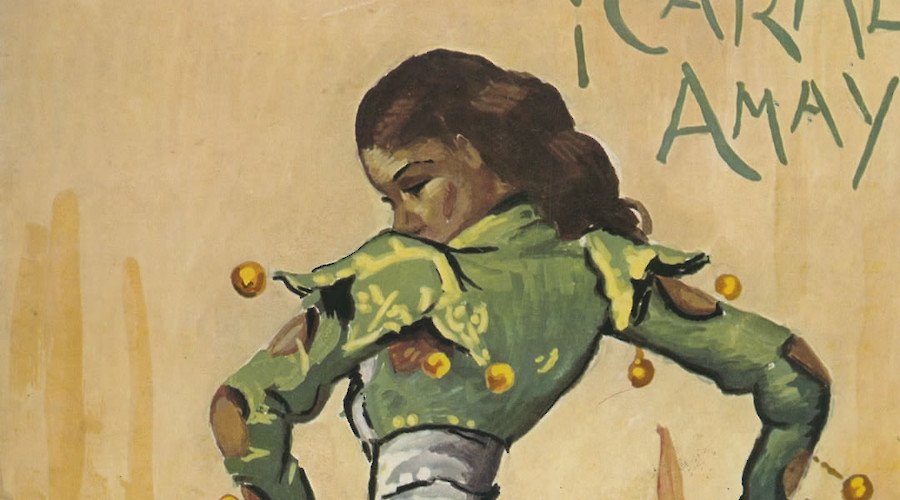Flamenco: From Spain to New Mexico

The Museum of International Folk Art presents “Flamenco: From Spain to New Mexico,” the most comprehensive exhibition to celebrate and study this living tradition as an art form.
Known as a folkloric art form that began among the Gypsy people of southern Spain, this exhibition traces Flamenco to its arrival in the U.S. and its rise as an international art form now enjoyed by millions.
The exhibition features costumes, play bills, instruments, and paintings, complemented by lectures, workshops and performances. Tracing flamenco’s journey from fifteenth and sixteenth century Spain to twentieth-century Europe’s most cultured cities will be costumes both historic and contemporary, musical instruments, costume and set design sketches, playbills, sheet music, posters, and more. These objects chronicle flamenco’s evolution from rural, folkloric tradition to elaborate staged productions incorporating extravagantly costumed dancers accompanied by virtuoso guitarists. The objects also trace flamenco’s transition to recording studios and the silver screen permitting it to gain a massive popular audience.
Handed down from generation to generation, between family and community members living at society’s edges, flamenco incorporates historic dance and music traditions from Roman times to the Arabic period. Flamenco expresses a way of life shaped by a multitude of cultural and regional influences such as the Gitanos (Romany people) of Spain and Andalusian regional customs. In 2010, UNESCO declared flamenco a Masterpiece of the Intangible Heritage of Humanity.
This exhibition also examines Spain’s ferias and fiestas their introduction to the southwestern U.S., and the individuals who contributed to making flamenco a popular art form in this country. The exhibition is the first ever to show the history and development of flamenco and its treasured role within the cultural milieu of New Mexico.